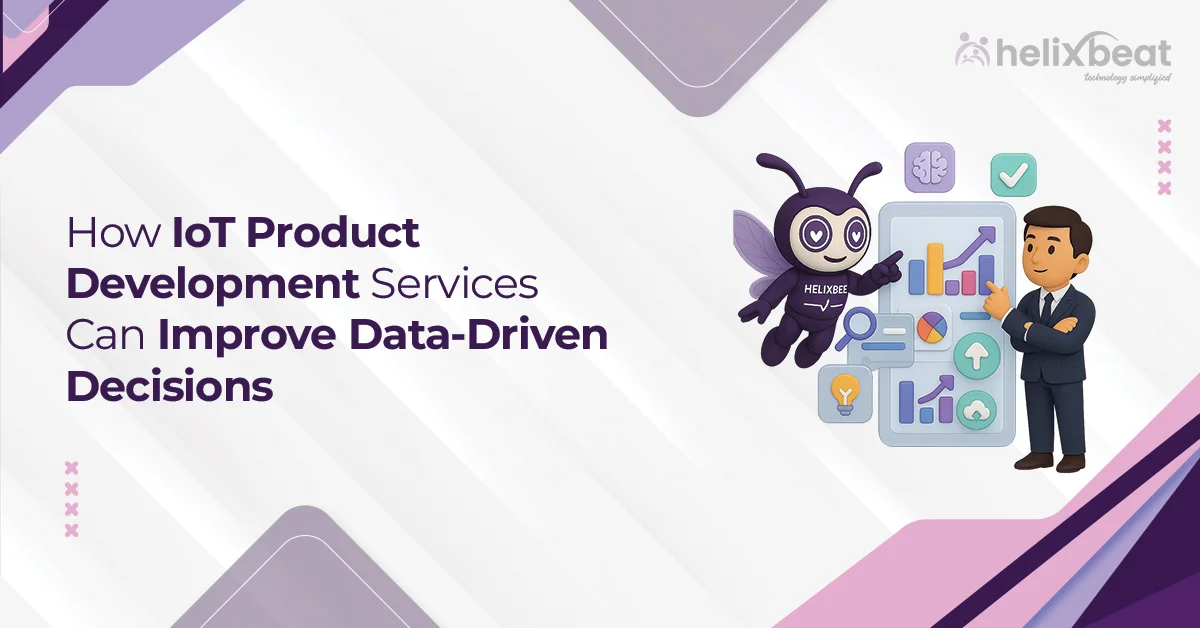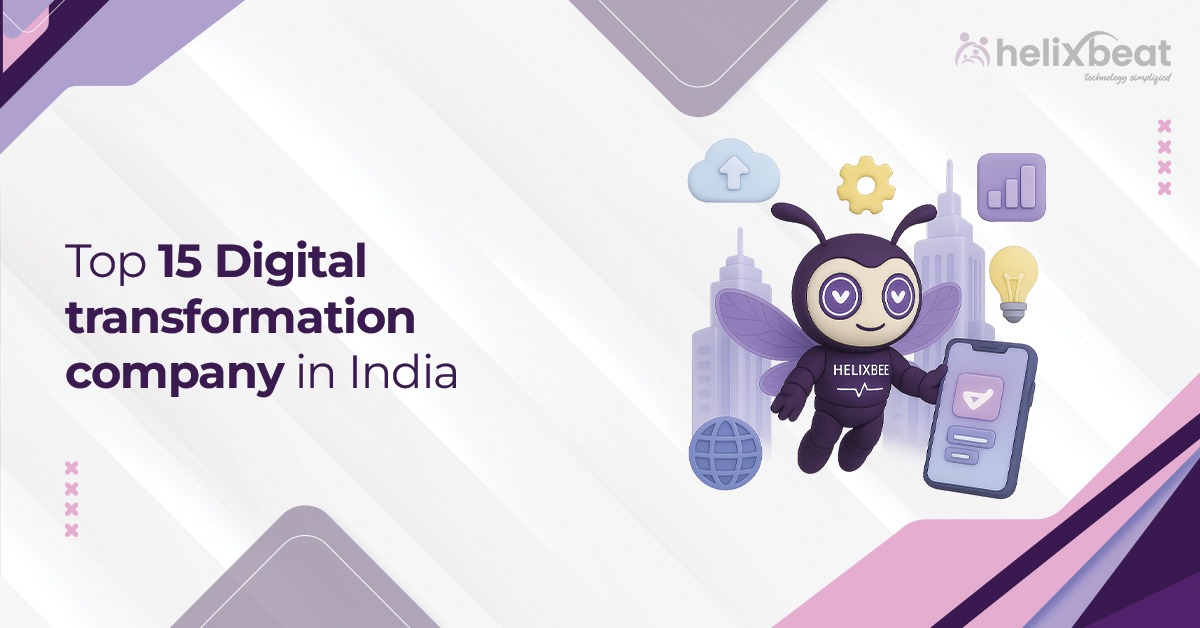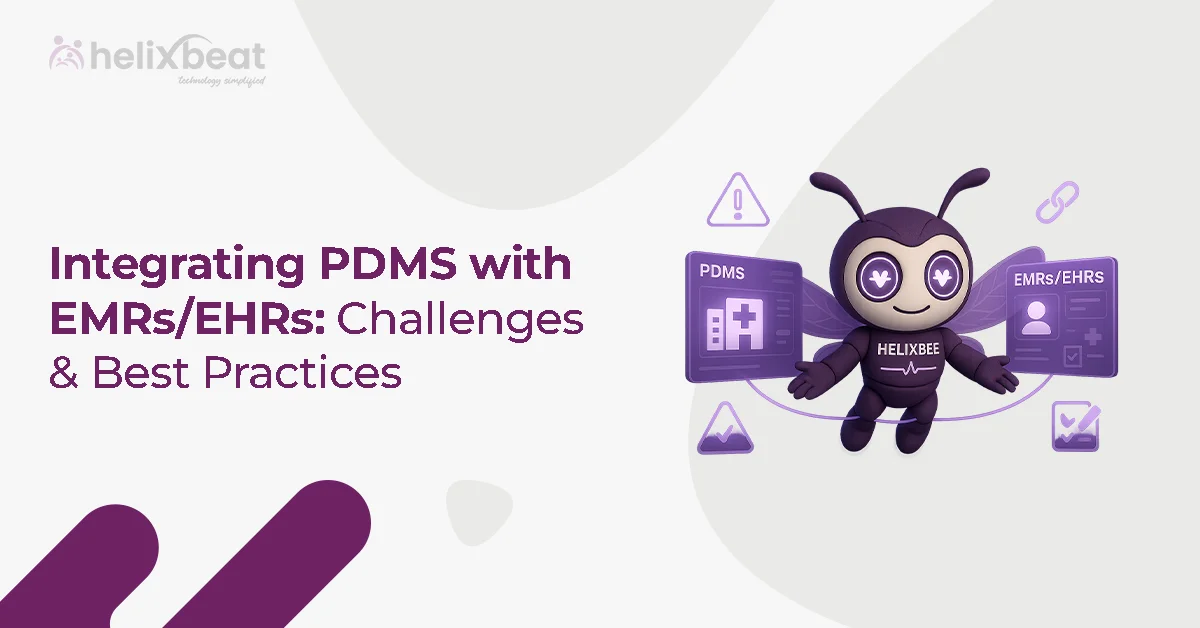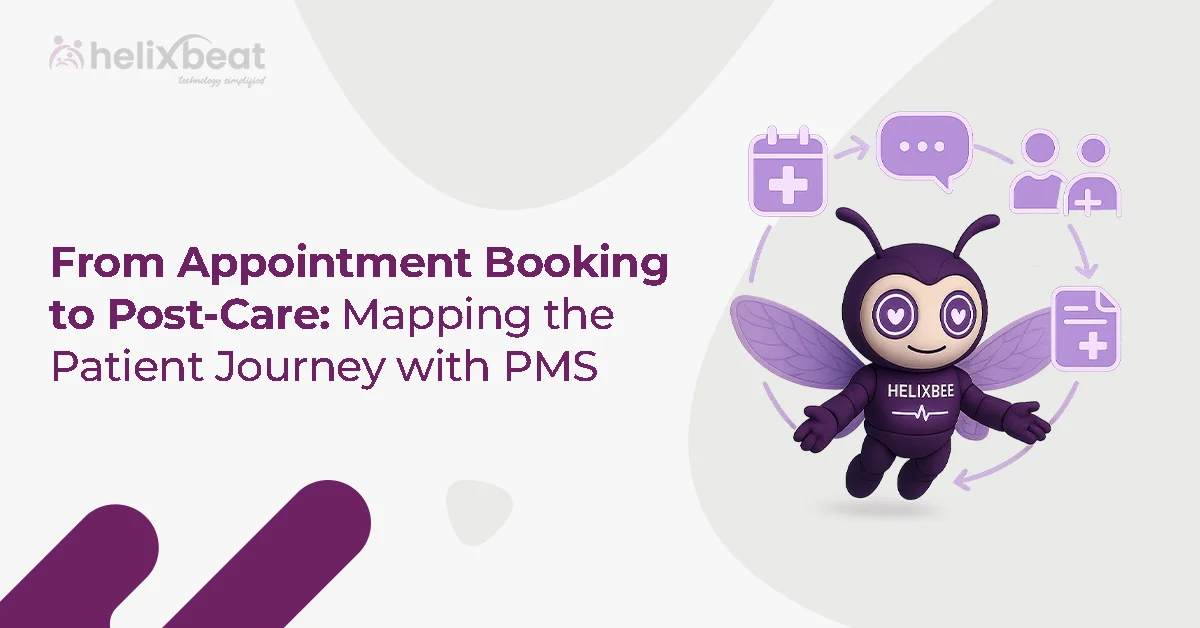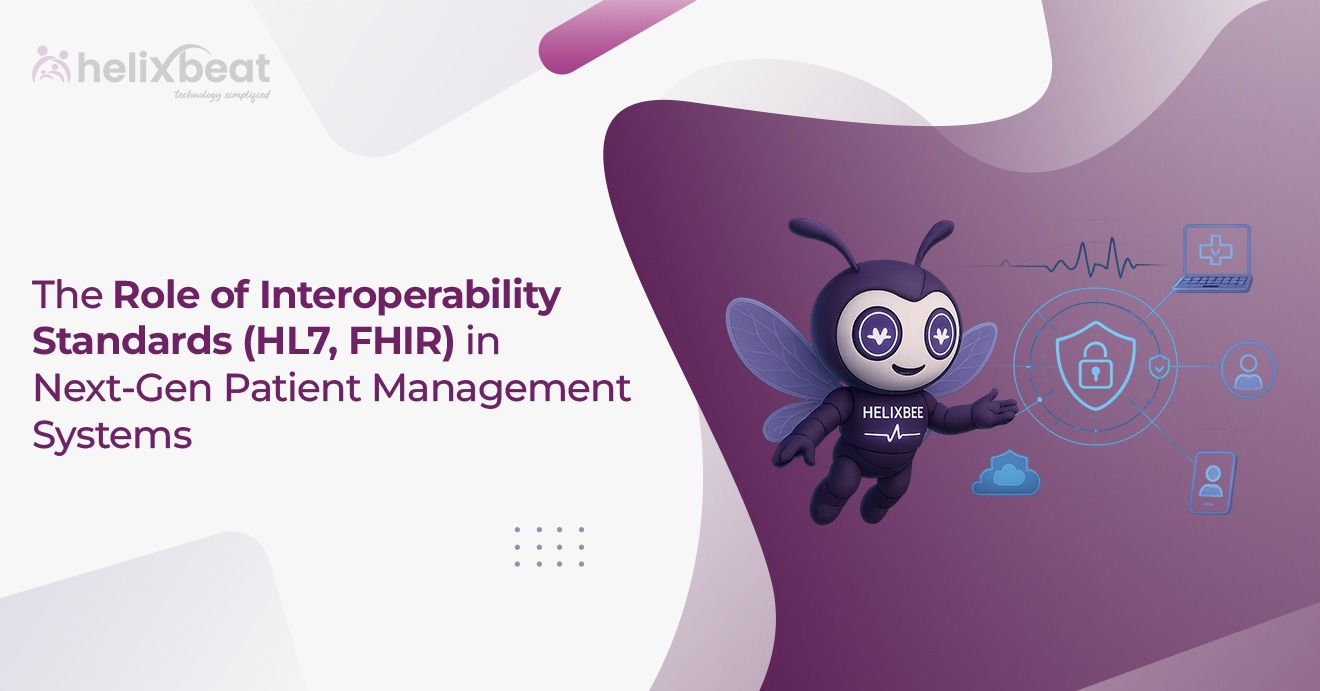Today, Electronic Medical Records software plays a critical role in managing patient data, yet it’s often confused with Electronic Health Records (EHRs). While these terms are frequently used interchangeably, they refer to distinct systems with different functionalities. In this blog, we’ll break down these differences and offer valuable insights into why these distinctions matter.
Table of Contents
What is an EMR (Electronic Medical Record)?
An Electronic Medical Records software presents a digital version of a patient’s medical chart. It is used within a single healthcare facility—such as a hospital, clinic, or private practice—to store and manage patient records.
Key Features of an EMR
- Contains medical history, diagnoses, treatment plans, medications, and test results for individual patients.
- Used by one provider or facility—not designed to be shared externally.
- Helps healthcare providers track patient data over time and improve internal workflows.
- Often includes decision-support tools, such as alerts for potential drug interactions or overdue screenings.

Limitations of EMRs
- They do not easily integrate with other healthcare systems or providers.
- Transferring patient information between organizations requires manual data sharing (e.g., printing records, faxing documents).
- They primarily focus on diagnosis and treatment rather than a holistic view of patient health.

While these limitations exist, ongoing advancements in EMR technology and interoperability standards (like FHIR) are aiming to address these challenges.
A Simple Analogy
Think of an Electronic Medical Records software like a notebook used by a single doctor in their practice. It holds valuable information about patient visits, but if that patient sees another doctor at a different hospital, their new provider won’t have direct access to those records unless they are manually shared.
What is an EHR (Electronic Health Record)?
An Electronic Health Record (EHR) is a more comprehensive system that goes beyond a single practice. It is designed to provide a complete, real-time view of a patient’s health information across multiple healthcare providers and facilities.
Key Features of an EHR
- Aggregates data from multiple providers, specialists, hospitals, and even pharmacies to create a comprehensive patient profile.
- Facilitates data sharing across different healthcare organizations and makes collaboration easier.
- Supports interoperability, allowing healthcare professionals to access and update records securely.
- Includes tools for preventive care, population health management, and personalized treatment plans.

A Simple Analogy
If an Electronic Medical Records software is a notebook, an EHR is a shared digital document stored in the cloud. It allows multiple doctors, specialists, and healthcare providers to contribute to and access the same record, offering a holistic view of the patient’s health journey.
Why the Difference Between EMR and EHR Matters
1. Impact on Patient Care
The lack of interoperability in Electronic Medical Records software leads to fragmented healthcare. If a patient visits multiple providers, their records won’t be updated across systems, leading to potential treatment delays.
EHRs, on the other hand, help bridge these gaps by allowing all authorized providers to access a shared health record. This connectivity reduces medical errors, improves decision-making, and supports personalized treatment plans.
2. Better Coordination Among Healthcare Providers
With an EHR, specialists, general physicians, and hospitals can work together seamlessly. For instance, if a patient undergoes surgery at one hospital but needs post-operative care from a different specialist, the EHR allows all relevant medical history to be readily available.
Electronic Medical Records software does not facilitate this level of coordination. Therefore, providers are compelled to resort to inefficient methods like faxing or manual data entry, which increases the risk of errors.
3. Compliance with Healthcare Regulations
In the United States, the HITECH Act incentivized the meaningful use of EHRs, promoting interoperability and patient access. While Electronic Medical Records software helps maintain digital records, many still face challenges in meeting the broader requirements for data sharing and regulatory compliance, including data privacy and security regulations (like HIPAA) and interoperability standards.
4. Empowering Patients
EHRs give patients control over their health information. Many systems include patient portals, letting individuals to:
- View test results and diagnoses.
- Track medications and appointments.
- Communicate directly with their healthcare providers.
EMRs are provider-focused, meaning they do not always offer patient-friendly access to information. This lack of access can lead to frustration, miscommunication, and limited patient involvement in their own healthcare journey.

How Electronic Medical Records Software PULSE Solves the Challenges of Traditional EMRs
Installing a full-scale EHR system is often not a financially viable decision for many small clinics and independent practices. High upfront costs, ongoing maintenance, and complex implementation processes make traditional EHRs more of a burden than a benefit. However, PULSE changes this equation by offering a cost-effective and scalable solution.
Here’s how PULSE overcomes the key limitations of traditional Electronic Medical Records software:
1. Interoperability & Integration
Unlike traditional EMRs that operate in silos, PULSE facilitates seamless data sharing across healthcare systems. Its HL7 and FHIR standards facilitate smooth integration with labs, pharmacies, and imaging centers for coordinated patient care. This means providers no longer need to worry about fragmented data or communication breakdowns.
2. Patient-Centric Care
PULSE offers intuitive patient portals that provide easy access to medical records, appointment scheduling, secure messaging, etc. Therefore, patients can actively participate in their healthcare journey, while clinics can reduce administrative burdens and enhance service delivery without requiring additional staff.
3. Billing, Revenue, & Scalability
A major challenge for small clinics is managing billing and revenue cycles without investing in separate, expensive software. PULSE streamlines this process by integrating automated coding and billing workflows. Moreover, its cloud-based architecture eliminates the need for expensive on-site IT infrastructure, providing automated updates, backups, and scalability to adapt to a growing patient base without additional overhead.

Final Words
Understanding the key differences between Electronic Medical Records (EMRs) and Electronic Health Records (EHRs) is crucial for making informed decisions in healthcare technology. While EMRs serve as digital patient charts within a single facility, EHRs provide a more holistic and interoperable solution.
However, EHR systems often come with high costs and complex implementations, making them less feasible for small clinics and independent practices. This is where the Electronic Medical Records software PULSE bridges the gap. By combining the best features of EMRs with enhanced interoperability, patient engagement tools, and automated billing solutions, PULSE offers a scalable, cost-effective solution that transforms healthcare operations without the burden of expensive infrastructure.
Contact us today and see how PULSE can revolutionize your healthcare practice.
FAQs
1. What is the main difference between EMR and EHR?
An Electronic Medical Records software presents a digital version of a patient’s chart in a healthcare facility. In contrast, an EHR (Electronic Health Record) is designed to be shared across multiple providers and facilities, offering a more comprehensive patient health profile.
2. What role do FHIR and HL7 standards play in health record integration?
FHIR (Fast Healthcare Interoperability Resources) and HL7 (Health Level Seven) are standards that facilitate seamless data exchange between healthcare systems, improving integration between EMRs, EHRs, and third-party services like labs and pharmacies.
3. How does PULSE solve the challenges of traditional EMRs?
PULSE enhances EMRs by adding interoperability, patient engagement tools, and integrated billing features, making it a more scalable and cost-effective solution for healthcare providers.
4. How does an EMR improve healthcare practice efficiency?
EMRs help track patient data over time, streamline workflows, and include decision-support tools like alerts for potential drug interactions, making healthcare operations more efficient.
5. Why is interoperability important in healthcare records?
Interoperability allows healthcare providers to access and update patient records across different systems, which reduces data fragmentation and improves coordination between hospitals, specialists, and other care providers.



